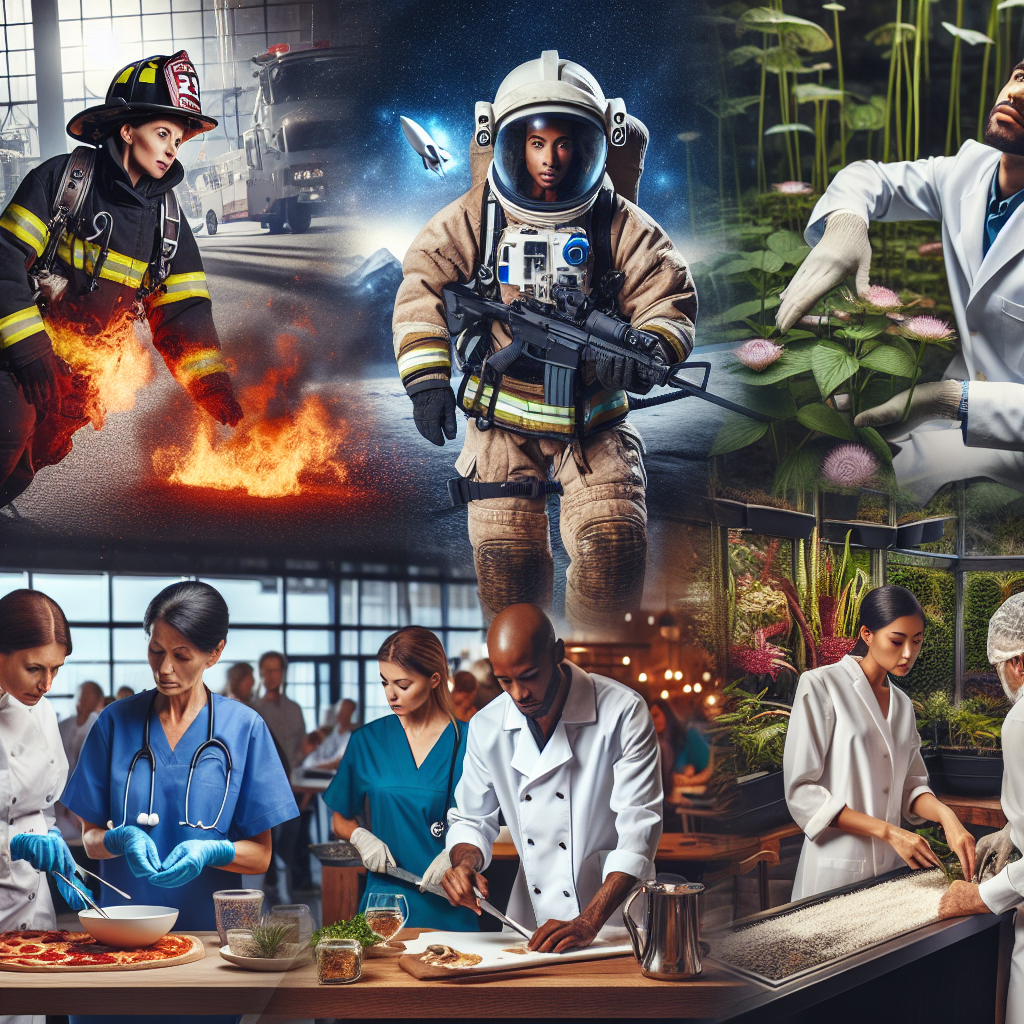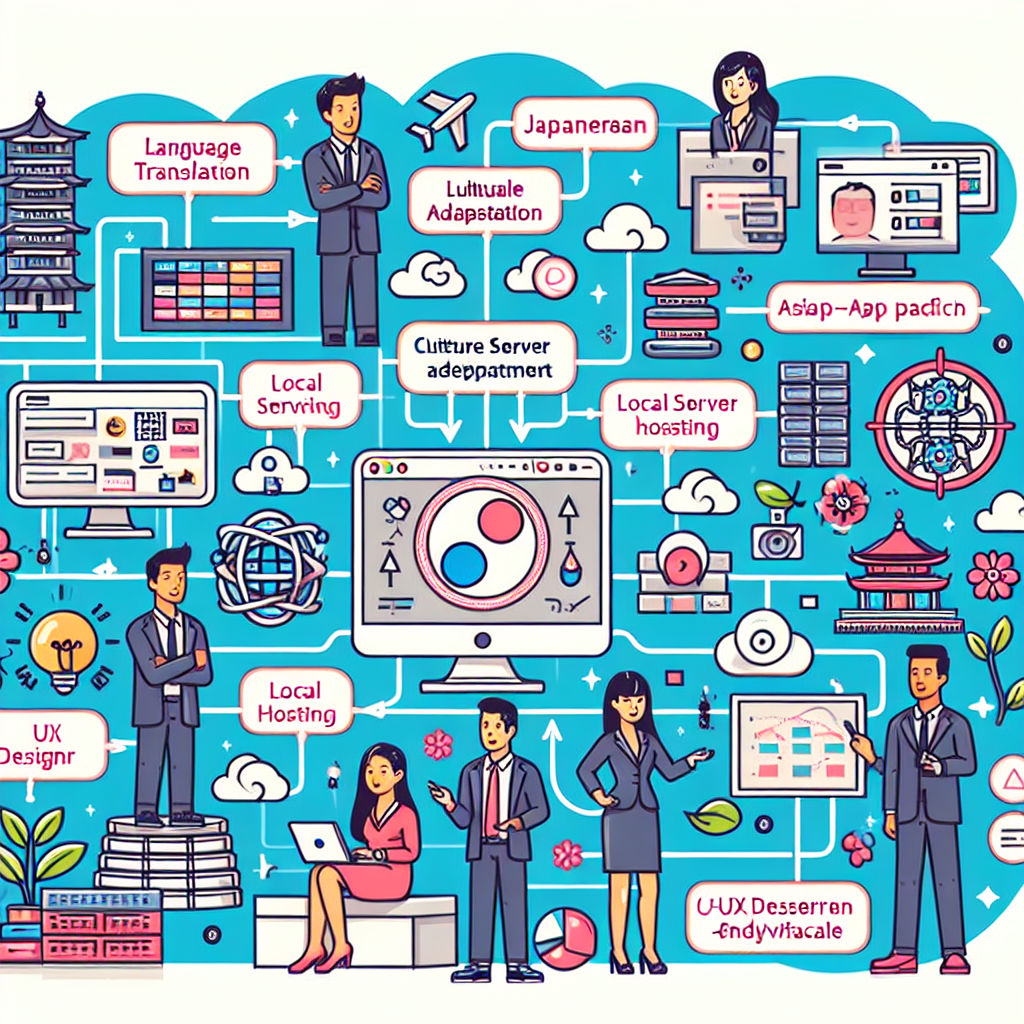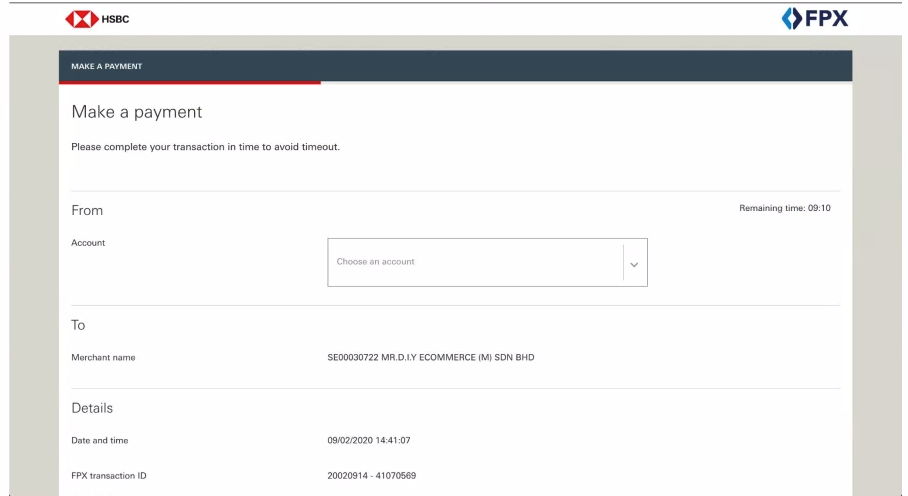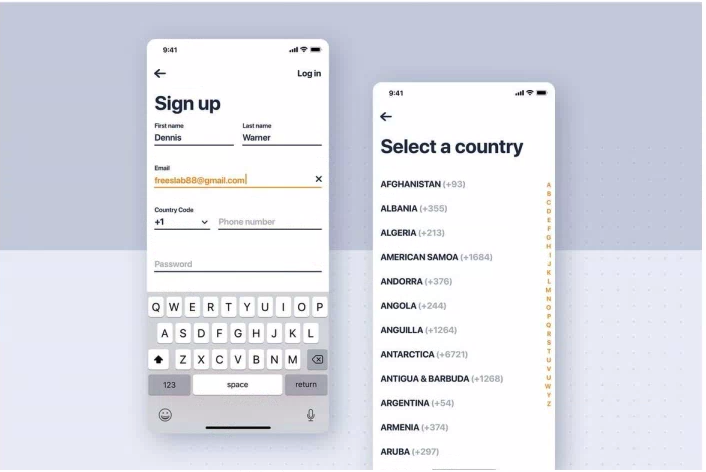Jobs to Be Done
Host (Victor): Welcome to another episode of Continuous Improvement, the podcast all about personal and professional growth. I'm your host, Victor, and today we're going to dive into a thought-provoking topic: the importance of understanding the job to be done when using a product or service.
Have you ever encountered an error message during an online transaction that left you frustrated? Join the club! Today, I want to share a personal experience that made me realize how crucial it is for both vendors and customers to consider the task at hand before using a service or product.
In my previous role as a technical lead in a bank, I discovered something quite fascinating. The financial industry is filled with acronyms, and even the banks have their own cynical ones. For instance, the bank I worked for, HSBC, had an acronym that stood for "How Simple Becomes Complicated." It perfectly captures the complexity behind seemingly simple tasks, like pressing a button on an internet banking site.
The process of delivering these services involves multiple teams working together. The business team collects requirements, the design team creates the layout, and the development team writes, tests, and deploys the software. Believe it or not, it often takes up to two weeks just to make a tiny alteration to a webpage.
During my time as part of the ASD-ASP team, responsible for creating regional features, I had the opportunity to develop services like PayNet's FPX in Malaysia and PayNow in Singapore. I was proud of my work, making online transactions smoother for customers.
However, I soon realized that there was an important aspect I hadn't fully considered — accessibility. Imagine being visually impaired and relying on assistive tools to navigate a website. It never occurred to me that the tools would unknowingly interrupt the transaction process by constantly announcing the countdown of remaining time.
I wanted to address this issue, but it proved to be quite challenging in such a large organization. The business analysts were mainly concerned with profits and considered their job done. The designers focused more on flashy animations rather than considering accessibility, and the engineers were already looking ahead to explore emerging technologies like machine learning and blockchain.
Sigh I wish I had known about Aristotle's three modes of persuasion back then - Ethos, Logos, and Pathos. These powerful tools could have helped me advocate for change and show the importance of considering the needs of all users.
Now, I'd love to hear your thoughts on this matter. Before using a product or service, have you ever considered the job it is meant to accomplish? What improvements would you like to see in the services you use?
Clayton Christensen, a renowned professor from Harvard Business School, introduced the concept of understanding the job that a person hires a product to do. This understanding allows us to identify areas for improvement and create a better experience.
When I use online banking, my job is simply to complete the transaction. I don't care about flashy animations or the latest technologies. I want a smooth process that ensures successful transactions for everyone, including those with visual impairments. Did you know that in Malaysia, the government has regulations requiring a 70% success rate for FPX transactions, with penalties for non-compliance?
So, next time you encounter an issue with online banking or any other service, ask yourself: What is the job to be done? Think about others who may face similar challenges, especially those with different abilities. Don't forget, as a customer, you have a voice. Communicate your needs to the service providers and help drive positive change.
Remember, this is not a matter to be taken lightly. We each have the power to be the change we wish to see in the world.
That's all for today's episode of Continuous Improvement. I hope you found this discussion thought-provoking and that it inspires you to consider the job to be done when using products or services.
If you enjoyed this episode, don't forget to subscribe to our podcast and leave us a review. We always appreciate your feedback.
Until next time, keep striving for improvement in every aspect of your life. This is Victor, signing off.
[End of the podcast]





